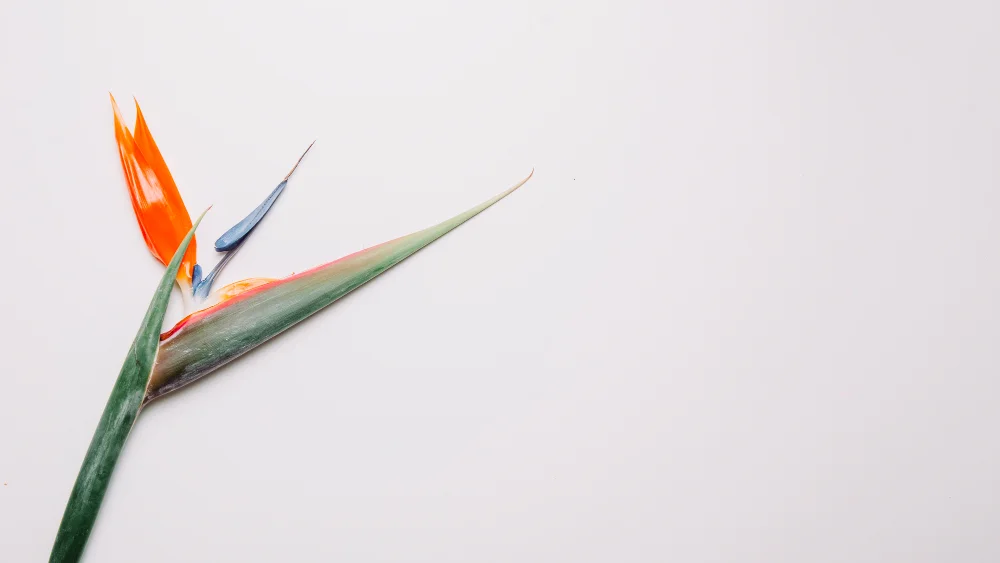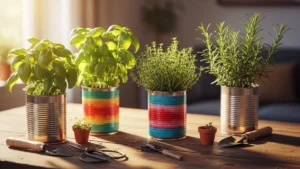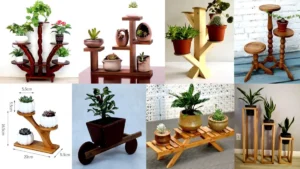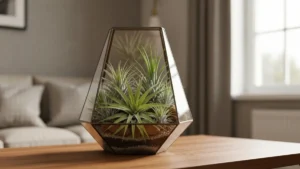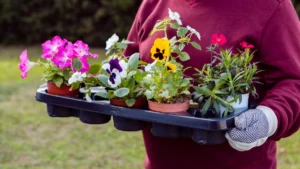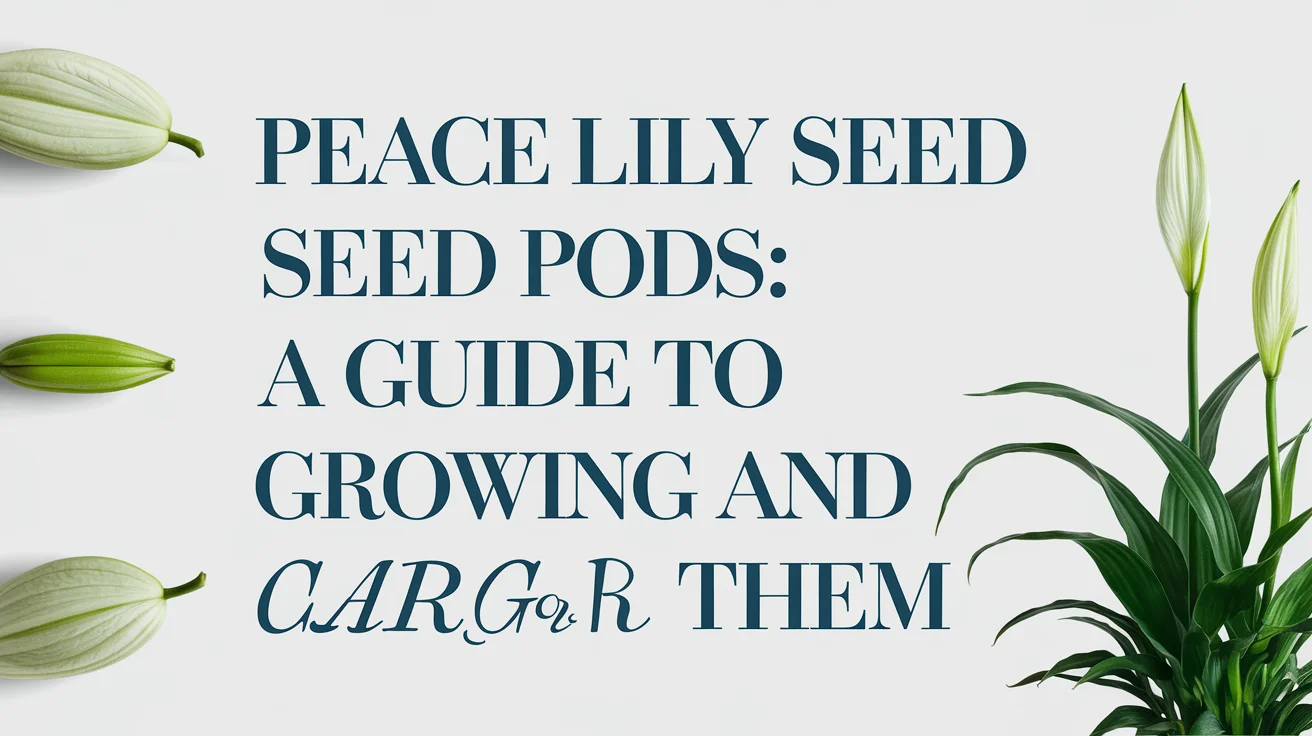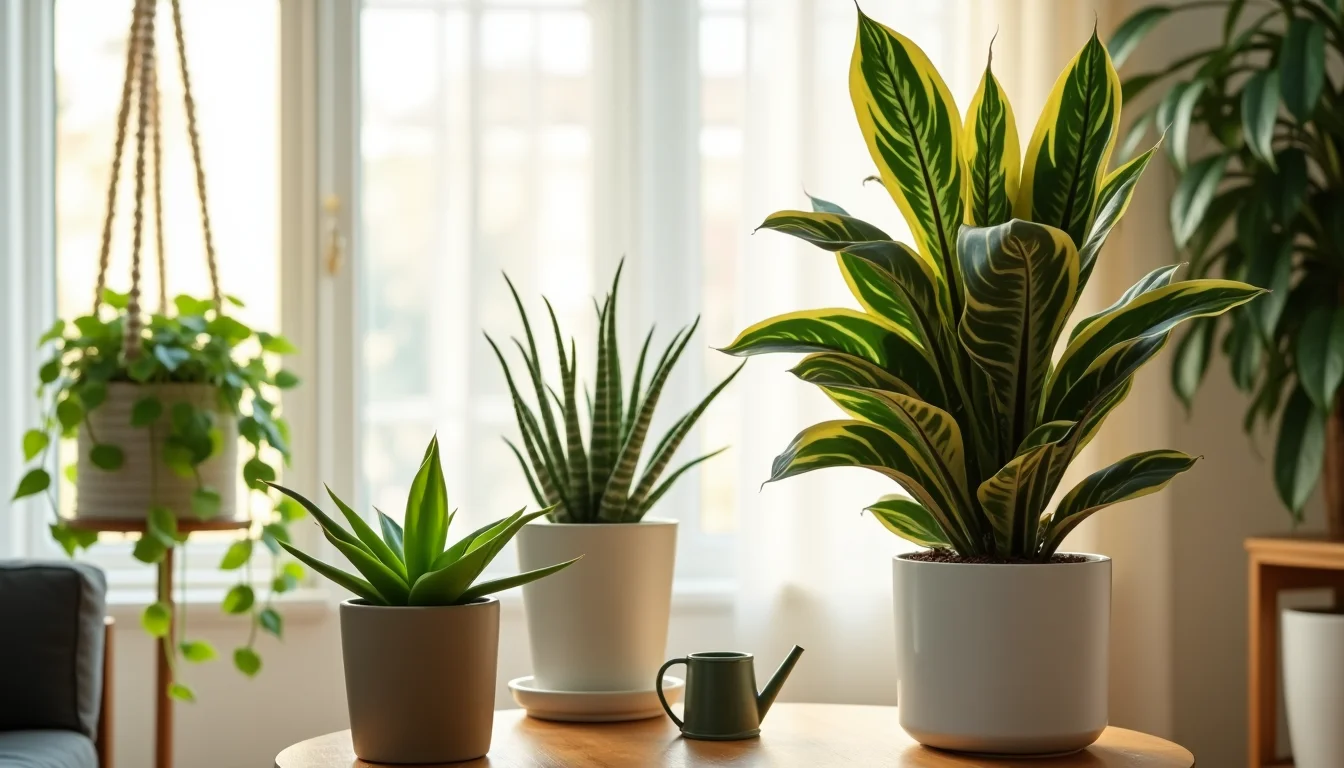The White Bird of Paradise plant care guide is essential for plant lovers who want lush, glossy leaves and vibrant tropical vibes indoors or out. Known for its large banana-like foliage and elegant blooms, this plant adds a dramatic flair to any space.
Native to South Africa, the White Bird of Paradise thrives when given the proper care, lighting, and environment. This article will walk you through every step of caring for it, ensuring that your plant flourishes year-round.
Light Matters Most for White Bird of Paradise Plant Care
Sunlight is the backbone of white bird of paradise plant care. This plant thrives in bright, indirect light but can also tolerate direct sun once it has acclimated. Indoors, place it near a south- or west-facing window. Outdoors, it loves dappled or full sun.
Too little light may cause leaf drooping, while too much harsh sunlight can scorch the leaves. Rotate the plant regularly to promote even growth and avoid sudden changes from shade to intense sunlight.
White Bird of Paradise Plant Care: Watering Schedule and Soil Needs
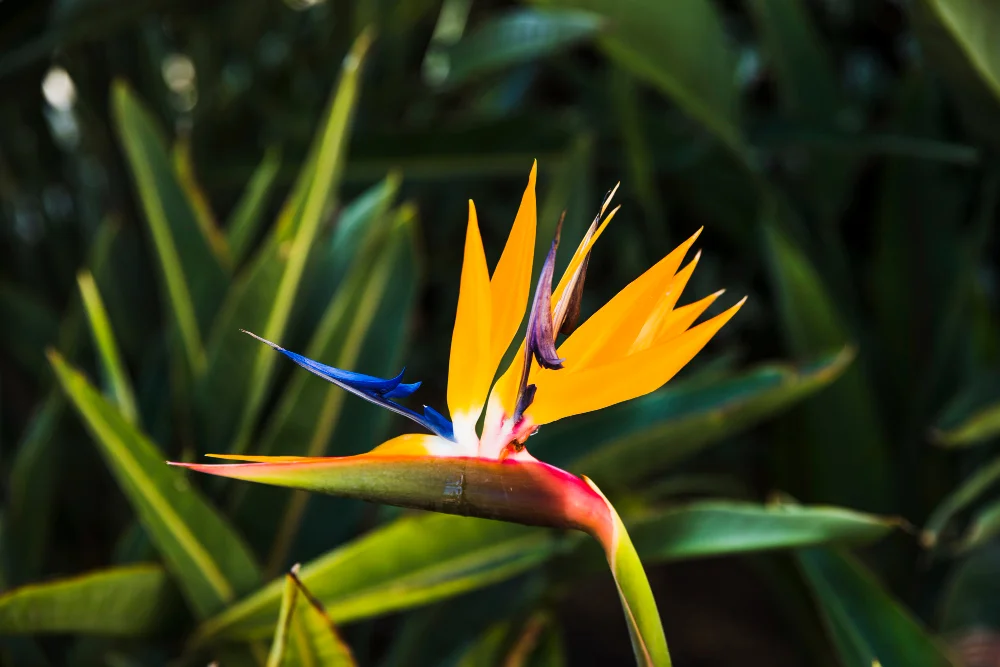
Watering this tropical giant correctly is key to long-term health. During the growing season (spring and summer), keep the soil consistently moist, but not overly wet. During fall and winter, reduce watering and allow the top inch of soil to dry out.
A well-draining potting mix is vital. Use a soil blend rich in organic matter, supplemented with perlite or orchid bark, to promote airflow. Avoid compact, water-retaining soils.
Checklist for Watering and Soil:
- Water when the top 1–2 inches of soil feels dry
- Use lukewarm, distilled, or rainwater.
- Avoid letting the plant sit in standing water.
- Choose a pot with good drainage holes.
- Repot every 2–3 years in spring.
Temperature and Humidity Conditions
This tropical plant thrives in warm, humid conditions. Ideal temperatures range between 65°F to 85°F. It should never be exposed to temperatures below 50°F for prolonged periods.
During winter, move it away from drafty windows or heating vents. To boost humidity, mist the plant, use a humidifier, or place it on a pebble tray filled with water.
Fertilizer Requirements for Healthy Growth
Fertilizing plays a critical role in white bird of paradise plant care. Feed it during the growing season with a balanced, water-soluble fertilizer every 4–6 weeks. Avoid overfeeding, as it can burn the roots or cause salt build-up in the soil.
Skip fertilizing during fall and winter when the plant is resting. Instead, flush the soil occasionally with clean water to prevent mineral build-up.
White Bird of Paradise Plant Care: Pruning and Maintenance Tips
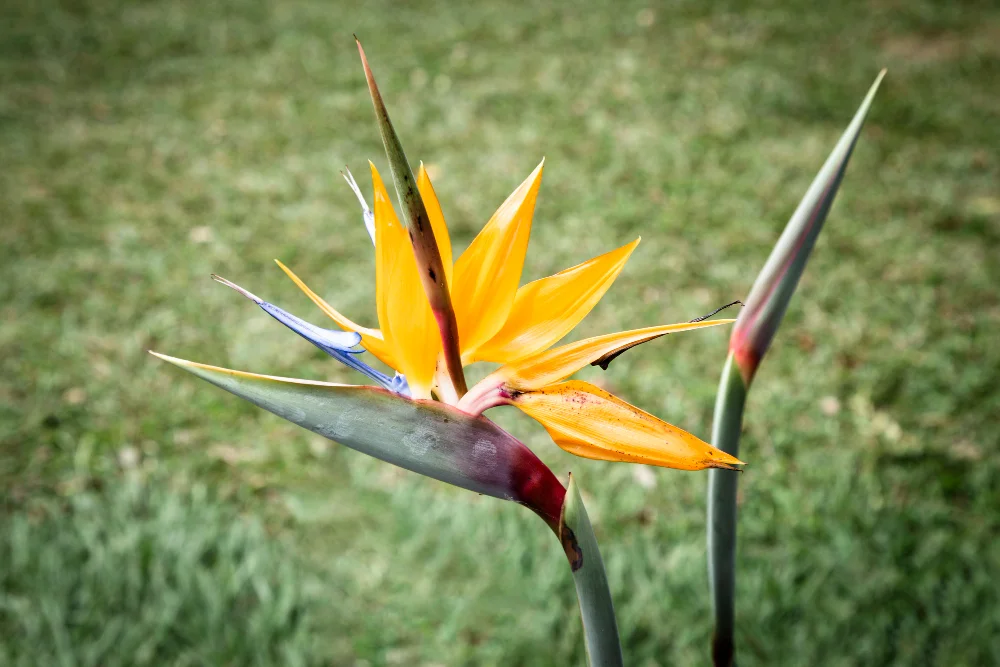
Pruning keeps your White Bird of Paradise neat and encourages new growth. Remove damaged or yellowing leaves using clean, sharp scissors. You can also trim leaf edges that have browned due to low humidity or harsh light.
Be careful not to remove healthy leaves excessively, as this can stress the plant. Regular dusting of leaves helps with photosynthesis and keeps pests at bay.
Quick Maintenance Guide:
- Prune dead or broken leaves
- Clean leaves monthly with a damp cloth
- Check leaf bases for pest activity.
- Remove old flower stalks from the base.
Pot Size and Repotting Timing
The White Bird of Paradise grows rapidly, and its roots require ample space to expand. Choose a pot that’s 1–2 inches larger in diameter when repotting. Spring is the best time to do this, just before the growing season starts.
While repotting, inspect the root ball. Trim any circling or mushy roots, and ensure the new soil is fresh and well-aerated.
Common Problems and How to Fix Them
Understanding the signs of stress is a crucial part of caring for the white bird of paradise plant. Browning edges, curling leaves, or stunted growth are all warning signs.
Symptoms and Solutions:
- Browning tips: Low humidity or salt build-up → increase misting and flush soil
- Yellow leaves: Overwatering → allow soil to dry slightly before next watering
- No new leaves: Lack of light or nutrients → move closer to sunlight and resume feeding
- Leaf splitting: Natural, but worsened by drafts → keep in a stable temperature.
Propagation Techniques for White Bird of Paradise Plant Care
Propagating the White Bird of Paradise plant is best done through division, especially during repotting in spring. Unlike many houseplants, it doesn’t propagate well from cuttings, so separating the root clumps is the most reliable method.
Look for mature plants with multiple stems or shoots growing from the base. Using a clean, sharp knife or pruners, carefully divide the rhizome, ensuring each section has healthy roots and at least one leafy stem attached. This gives the divided plantlets a better chance of survival and growth.
After division, plant each new section into a small pot filled with fresh, well-draining soil. Water them lightly and keep them in a warm, humid environment with bright, indirect light. Avoid overwatering during this stage, as the new roots are still delicate and prone to rot.
It may take several weeks for the plant to adjust and show new growth, so patience is essential. Propagation is a great way to expand your collection or share the tropical beauty with fellow plant lovers.
Indoor vs. Outdoor White Bird of Paradise Plant Care
Caring for the White Bird of Paradise plant indoors provides a distinct experience compared to growing it outside. Indoors, the plant serves as a dramatic ornamental centrepiece, growing up to 6–7 feet tall over several years. It needs a spot with bright, indirect sunlight, ideally near a south- or west-facing window.
If it doesn’t receive enough light, its growth slows, and the leaves may lose their lush appearance. Humidity also becomes crucial indoors, as dry air from heaters or air conditioning can cause browning of leaf edges. Misting or using a humidifier helps create a more natural environment.
Outdoors, the White Bird of Paradise grows more vigorously, especially in tropical or subtropical climates. It can easily reach 15–20 feet in height and may bloom more often with proper sunlight.
Planted in well-drained soil and full sun to partial shade, it becomes a low-maintenance statement plant for patios or gardens. However, it’s sensitive to cold and should be brought indoors or protected when temperatures fall below 50°F. Outdoor care also includes protecting it from strong winds that could tear its large leaves.
When choosing between indoor and outdoor care, consider your climate, available light, and the amount of space you can provide. Both environments can support a healthy White Bird of Paradise if you adjust your routine accordingly.
Conclusion: Mastering White Bird of Paradise Plant Care for Lasting Tropical Elegance
White Bird of Paradise is not just a decorative plant; it’s a statement of style and serenity. With its tall, banana-like leaves and bold tropical look, it brings instant life to any space. But to keep it thriving, your white bird of paradise plant care routine must be thoughtful and consistent.
The key lies in understanding its needs: bright indirect sunlight, warm temperatures, occasional deep watering, and rich, well-draining soil. It also thrives in humidity, so misting or using a humidifier can make a significant difference. Don’t forget seasonal adjustments, less water in winter and regular feeding in spring and summer.
Whether you grow it indoors or outdoors, a little attention goes a long way. With the right conditions, it not only grows quickly but can also bloom and enhance the ambience of your room or garden. If you treat this plant like the tropical beauty it is, it will reward you with years of green, lush presence and natural elegance.
In short, care for it like nature intended, and the White Bird of Paradise will transform your space into a mini paradise of its own.

